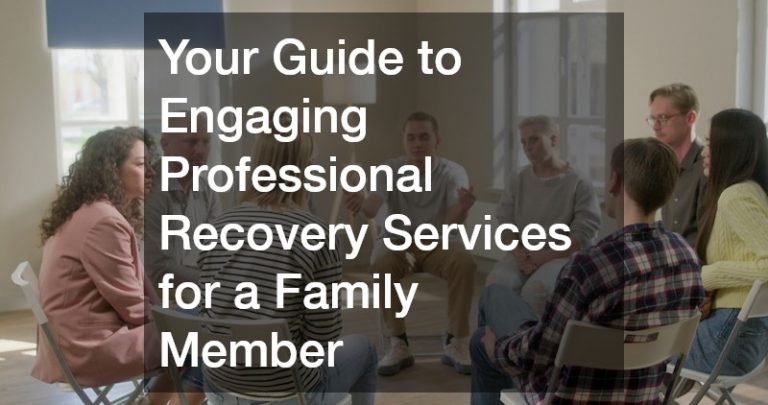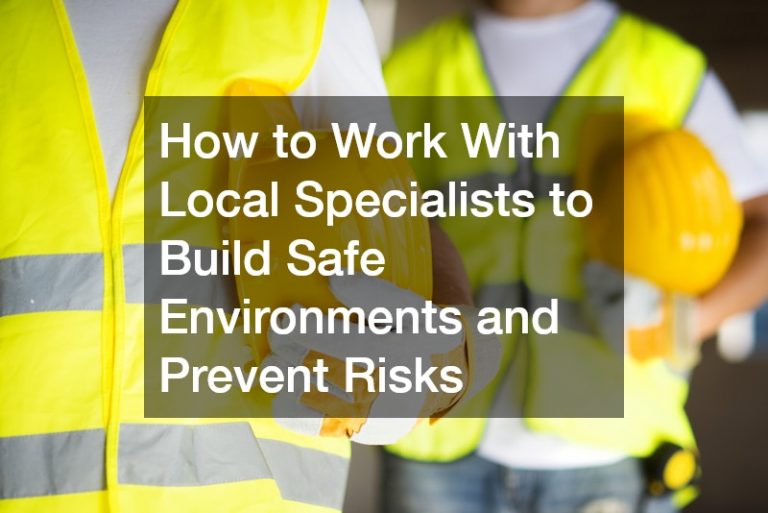More Than Just a Bad Day
Stress and fear are emotions we all wish to avoid, but as life likes to put it, we cannot evade such things. A traumatic event is something almost everyone may have gone through at certain points in life, be it at an early age or beyond adolescence. These events or series of events are characterized by feelings of stress, horror, serious injuries, helplessness, and death. While anyone can experience traumatic events, people such as rescue workers, war veterans, and survivors of life-altering events are more at risk.
Post-Traumatic Stress Disorder
Reactions and responses to trauma vary from person to person, usually exhibiting symptoms like dizziness, nausea, shifts in appetite and sleep patterns, or withdrawal from daily routines. Most can recover from trauma after three months, but symptoms lasting more than a month after the event may indicate a person suffering from PTSD. Characterized by emotional and physical responses to reminders or thoughts of the event, PTSD’s symptoms include the following.
- Re-living that involves nightmares, flashbacks and reminders of the event accompanying guilt, fear of getting hurt, or numb emotions. Physical manifestations of these symptoms range from chills, shaking, palpitations, or headaches. A plane crash survivor may exhibit these upon hearing they may be booked for a flight.
- Exhibiting avoidance by staying away from similar events, locations, and activities may be shown as well as detachment from people or places. Surviving a plane crash could lead to the survivor finding other means of transport to avoid the memory of the traumatic event.
- Persons suffering PTSD also show increased arousal, which means being alert or at guard frequently, being easily scared or startled, irritable, and difficulty concentrating. Other PTSD symptoms include depression, substance abuse, isolation, and panic attacks.

The National Institute of Mental Health states that persons with PTSD continue to have the symptoms listed above until living a normal life becomes more difficult and may have trouble functioning.
Case Study
Jim and Dana, a married couple, divorced in 1999 after Jim was diagnosed with a narcissistic personality disorder. This caused Dana emotional abuse and a diagnosis of PTSD. Dana attributes the experience as to being in a warzone for a long time with no relief and processing, as well as conflict after conflict from her husband. This caused her guard to be increased at all times and be ready for the next conflict. She continues that her reactions are different from someone without PTSD, such as a tap of the shoulder eliciting defense or survival and a general feeling of being attacked.
Divorce law firms in Kent have observed how PTSD can come after experiencing high-profile divorces or separation such as the case of Dana. PTSD recovery will differ from case to case, with the ultimate goal of reducing emotional and physical symptoms as well as improving a person’s ability to go back to everyday life.
Recovery Walkthrough
Dr. Arthur Blank, Jr., expert on PTSD and Vietnam war veteran, states that psychological and therapeutic help need be placed to develop a personal conversation, with the person suffering from PTSD be able to communicate with an experienced listener. Therapy can also be supplemented by antidepressants and medication. Alongside therapeutic help, acknowledging symptoms and keeping to your usual routine should help you adjust better whilst participating in relaxing and other engaging activities. Recognize as well that you cannot always be in control and turning to friends, family, and support systems about your experiences will help you cope better.
Recovering from PTSD is a step-by-step process and will differ from person to person. Learn to understand your specific case as well as what an experienced professional may think to help you on the road to recovery.











